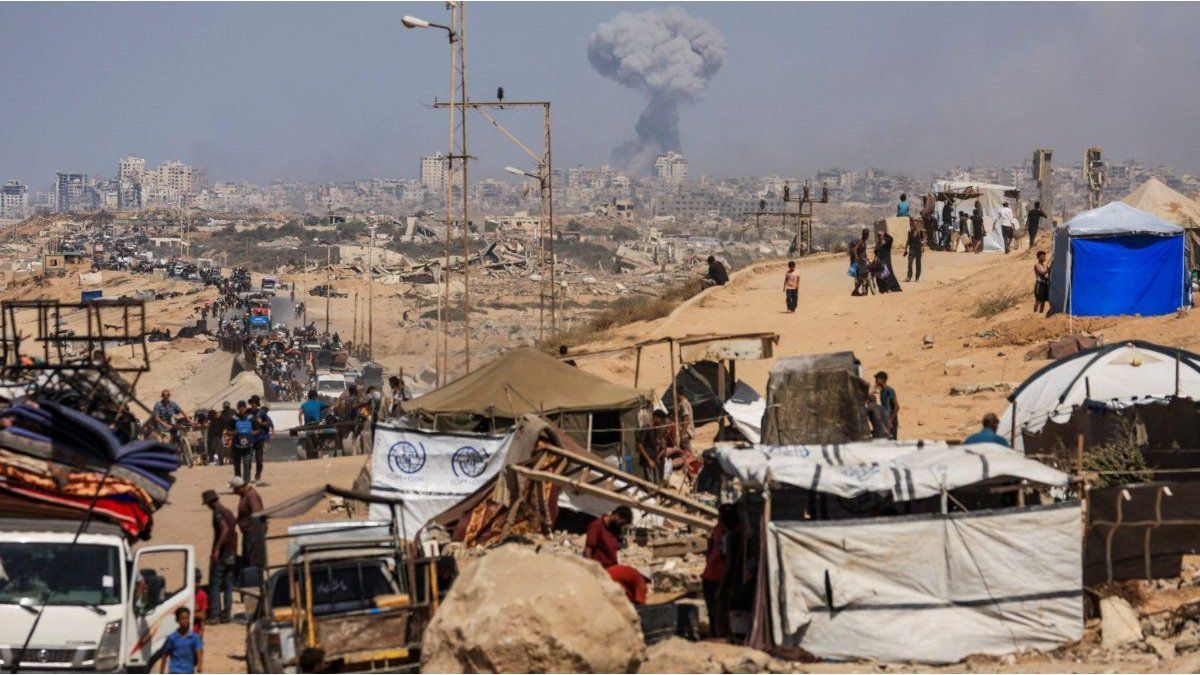As the United Nations World Food Program announced on Saturday, 311 people died as a result of the heavy rains. Almost 5,000 houses were destroyed or damaged. The Defense Ministry declared a state of emergency in large areas of northwest Afghanistan.
The authorities in Tachar province, further north, had previously reported 20 deaths as a result of the floods. Different information circulated about the number of deaths. The International Organization for Migration, like the World Food Program, a UN body, confirmed around 200 deaths in Baghlan. The ruling Taliban said 131 people had died in the province and many more were missing. On Friday there was still talk of 62 deaths. The high number of deaths can be explained, among other things, by the fact that people lived close to the water, said a UN representative.
The Ministry of Defense said it sent rescue workers to the affected areas. The military was therefore instructed to provide “all kinds of assistance with all available resources” to the victims of this accident. “With the declaration of a state of emergency in the affected areas, the Ministry of Defense has begun distributing food, medicine and first aid,” it said.
Because the weather improved on Saturday, evacuations began, the Air Force said. Hundreds of injured people were taken to hospitals.
Footage on online services showed wide streams of muddy water flooding streets. Survivors fought their way through streets covered in rubble, a journalist from the AFP news agency reported. “My house and my entire life were washed away by the flood,” said Jan Mohammad Din Mommahad, a resident of Baghlan’s provincial capital Pol-e-Khomri. “I don’t know where to take my family. I don’t know what to do,” he added.
The civil protection agency in Baghlan province said on Friday that the dead were mainly women and children. In many places, the floods caught people unprepared.
Great damage to agriculture
According to official information, Friday’s rains also caused severe damage in other provinces. In addition to Baghlan, Tachar and Badachshan in the east as well as Ghor and Herat in the west are affected.
The rains rendered large parts of the country’s farmland temporarily unusable. 80 percent of Afghanistan’s four million inhabitants depend on agriculture. Around 100 people have died in previous floods in ten Afghan provinces since mid-April.
The country is particularly badly affected by climate change. Due to the dry winter, the soil is less able to absorb precipitation. The floods are “a clear reminder” of how exposed Afghanistan is to climate change, wrote the UN special rapporteur on human rights, Richard Bennett, in the online service X. “Immediate and long-term planning is needed by the Taliban and international actors,” he demanded .
The radical Islamic Taliban took back power in Afghanistan after the withdrawal of international troops in the summer of 2021. Since then, many states and aid organizations have reduced their aid to the impoverished country. After natural disasters, people are often left to fend for themselves.
My themes
For your saved topics were
new articles found.
info By clicking on the icon you can add the keyword to your topics.
info
By clicking on the icon you open your “my topics” page. They have of 15 keywords saved and would have to remove keywords.
info By clicking on the icon you can remove the keyword from your topics.
Add the topic to your topics.
Source: Nachrichten




